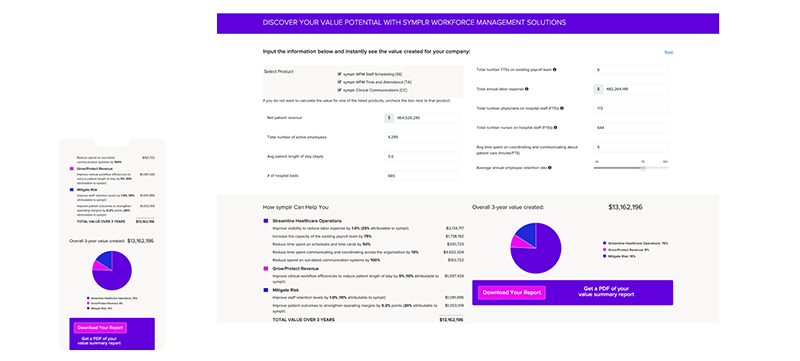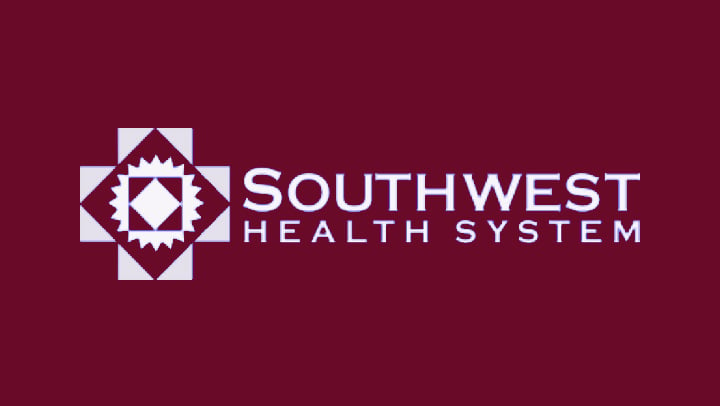Managing risk and complying with healthcare regulations is hard enough. Add in pressure to contain costs and do more with fewer resources, and the tasks become even more formidable.
Historically, healthcare organizations considered digital compliance solutions as an optional tool in their larger compliance program. Even today, some health systems lack a full-time compliance team or rely on manual processes and disconnected solutions to manage and report on compliance issues. This invites a greater margin for error, provides little or no visibility enterprise wide, and strains resources.
Did you know that health systems must comply with 600+ discrete regulatory requirements and spend roughly $7-$9 million per year on administrative activities associated with compliance?
Navigating compliance using manual processes without a healthcare-specific solution increases your odds of being out of compliance. Health systems that lack proper governance and continue to use multiple, siloed systems or processes face operational inefficiencies, compliance risks, fines, and more.
Creating a culture of compliance is a challenging task. Organizations must shift their current culture, evolve existing processes, and leverage digital compliance capabilities. An effective compliance software solution provides increased efficiencies and helps mitigate compliance risks. symplr Compliance gives healthcare providers a centralized location and streamlined way to protect their organization from reputational damage, ensure alignment across the entire ecosystem, and improve the quality of patient care.




